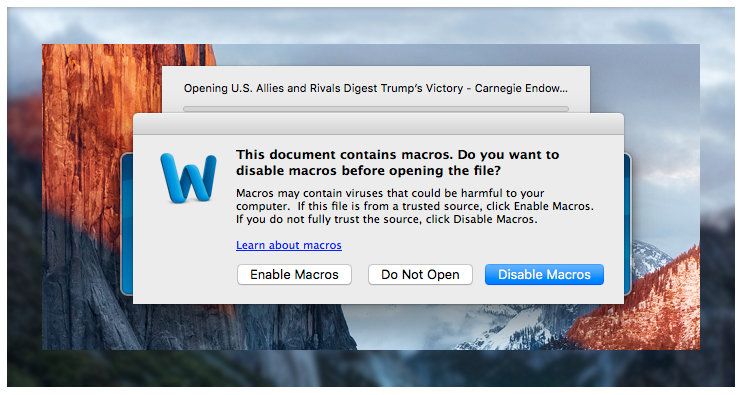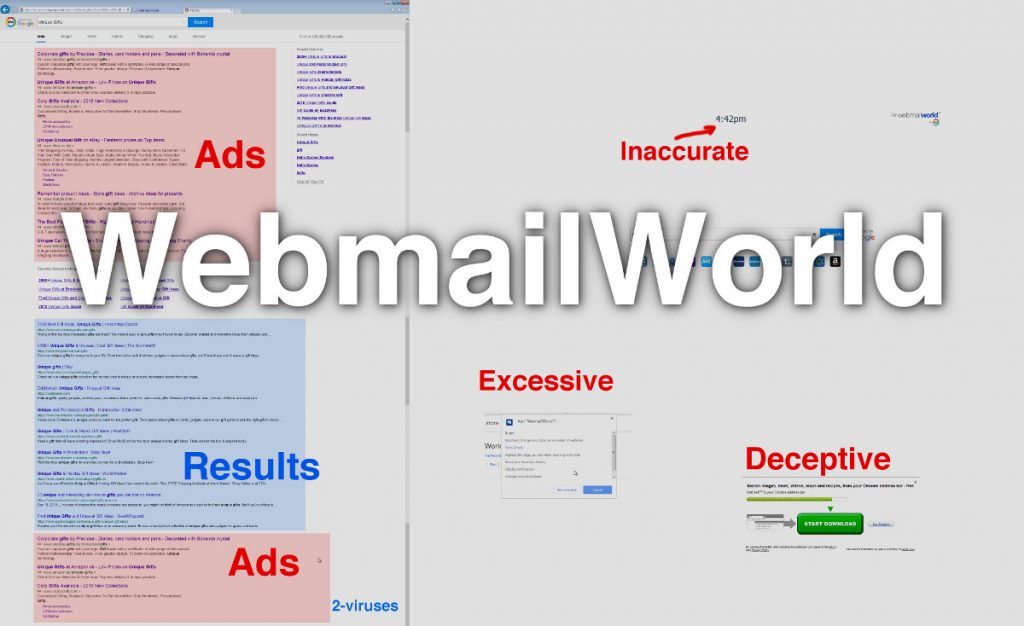

- #Macos malware years runonly to avoid full
- #Macos malware years runonly to avoid software
- #Macos malware years runonly to avoid code
- #Macos malware years runonly to avoid license
- #Macos malware years runonly to avoid download
However, many users still disable SIP for various reasons we categorically advise against doing so.Ĭalisto’s activity can be investigated using its child processes log and decompiled code:Įrror message With SIP disabled/not available Calisto was developed in 2016 or earlier, and it seems that its creators simply didn’t take into account the then-new technology. Announced by Apple back in 2015 alongside the release of OSX El Capitan, SIP is designed to protect critical system files from being modified - even by a user with root permissions. Analysis of the Trojan With SIP enabledĬalisto’s activity on a computer with SIP ( System Integrity Protection) enabled is rather limited.

Meanwhile, in the background, Calisto will be calmly getting on with its mission. The official version of the program will likely be installed with no problems, and the error will soon be forgotten.

#Macos malware years runonly to avoid download
Next, the “antivirus” asks for the user’s login and password, which is completely normal when installing a program able to make changes to the system on macOS.īut after receiving the credentials, the program hangs slightly before reporting that an error has occurred and advising the user to download a new installation package from the official site of the antivirus developer. The text differs slightly from the Intego’s one - perhaps the cybercriminals took it from an earlier version of the product.
#Macos malware years runonly to avoid license
InstallationĪs soon as it starts, the application presents us with a sham license agreement. The user is unlikely to notice the difference, especially if he has not used the app before. Interestingly, Calisto’s authors chose the ninth version of the program as a cover which is still relevant.įor illustrative purposes, let’s compare the malware file with the version of Mac Internet Security X9 downloaded from the official site. The Calisto installation file is an unsigned DMG image under the guise of Intego’s security solution for Mac. We have no reliable information about how the backdoor was distributed. So we decided to unpick Calisto to see what it is and why its development was stopped (or was it?). Malware for macOS is not that common, and this sample was found to contain some suspiciously familiar features. But for two whole years, until May 2018, Calisto remained off the radar of antivirus solutions, with the first detections on VT appearing only recently. The malware was uploaded to VirusTotal way back in 2016, most likely the same year it was created. We recently came across one such sample: a macOS backdoor that we named Calisto. Also of interest are developmental prototypes that have had limited distribution or not even occurred in the wild. MacOS users have been attacked for at least five years by the osaminer malware, which skillfully evaded detection using AppleScript technology.An interesting aspect of studying a particular piece of malware is tracing its evolution and observing how the creators gradually add new monetization or entrenchment techniques. User tasks will run only if the user is logged in, and will be executed with the. MacOS-based computers have long been used by scammers for hidden cryptocurrency mining. The syntax for launchctl changed in macOS 10.10 (Yosemite) the examples.
#Macos malware years runonly to avoid software
It was distributed disguised in pirated (hacked) games and other software products, including League of Legends and Microsoft Office for Mac.Īccording to available data, geographically osaminer is mainly focused on China and the Asia-Pacific region.įor five years, the osaminer program managed to avoid detection, according to cybersecurity experts from SentinelOne.Īs reported, the malware, called osaminer, appeared on the network no later than 2015. Its activity there did not go completely unnoticed: in August and September 2018, two Chinese firms discovered and analyzed old versions of osaminer.
#Macos malware years runonly to avoid code
As it turned out, osaminer loads its code in parts, using composite AppleScript files with the run-only status.īut their reports didn't give a complete picture of osaminer's capabilities, said Phil Stokes, a macOS malware researcher at SentinelOne.Ī study conducted in SentinelOne allowed us to find out the reason for such difficulties. I often use Applescript to accomplish basic tasks like opening and closing programs, sometimes going a little more in-depth like running a specific Xcode program's unit tests. The run-only option allows you to run the AppleScript control script as an application without entering edit mode and thus hide its source code.

I haven't been able to find much documentation relating AppleScript to Python.
#Macos malware years runonly to avoid full
Stokes and the SentinelOne team hope that by publishing the full chain of this attack, as well as hacking indicators (IOCs) for old and new versions of osaminer, it will help macOS security vendors detect such attacks and protect macOS users from them. #Macos used runonly applescripts avoid for full#.


 0 kommentar(er)
0 kommentar(er)
